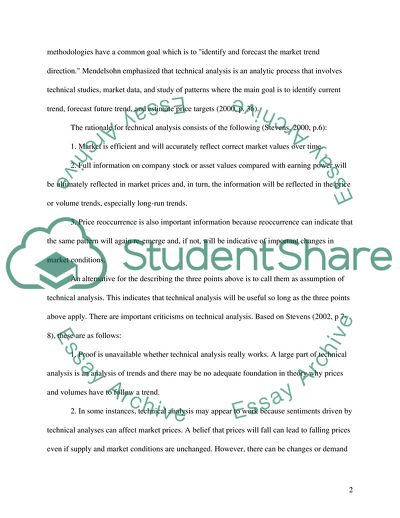Cite this document
(Technical Analysis in Financial Markets Literature review, n.d.)
Technical Analysis in Financial Markets Literature review. https://studentshare.org/finance-accounting/1731292-technical-analysis-in-financial-markets
Technical Analysis in Financial Markets Literature review. https://studentshare.org/finance-accounting/1731292-technical-analysis-in-financial-markets
(Technical Analysis in Financial Markets Literature Review)
Technical Analysis in Financial Markets Literature Review. https://studentshare.org/finance-accounting/1731292-technical-analysis-in-financial-markets.
Technical Analysis in Financial Markets Literature Review. https://studentshare.org/finance-accounting/1731292-technical-analysis-in-financial-markets.
“Technical Analysis in Financial Markets Literature Review”. https://studentshare.org/finance-accounting/1731292-technical-analysis-in-financial-markets.


